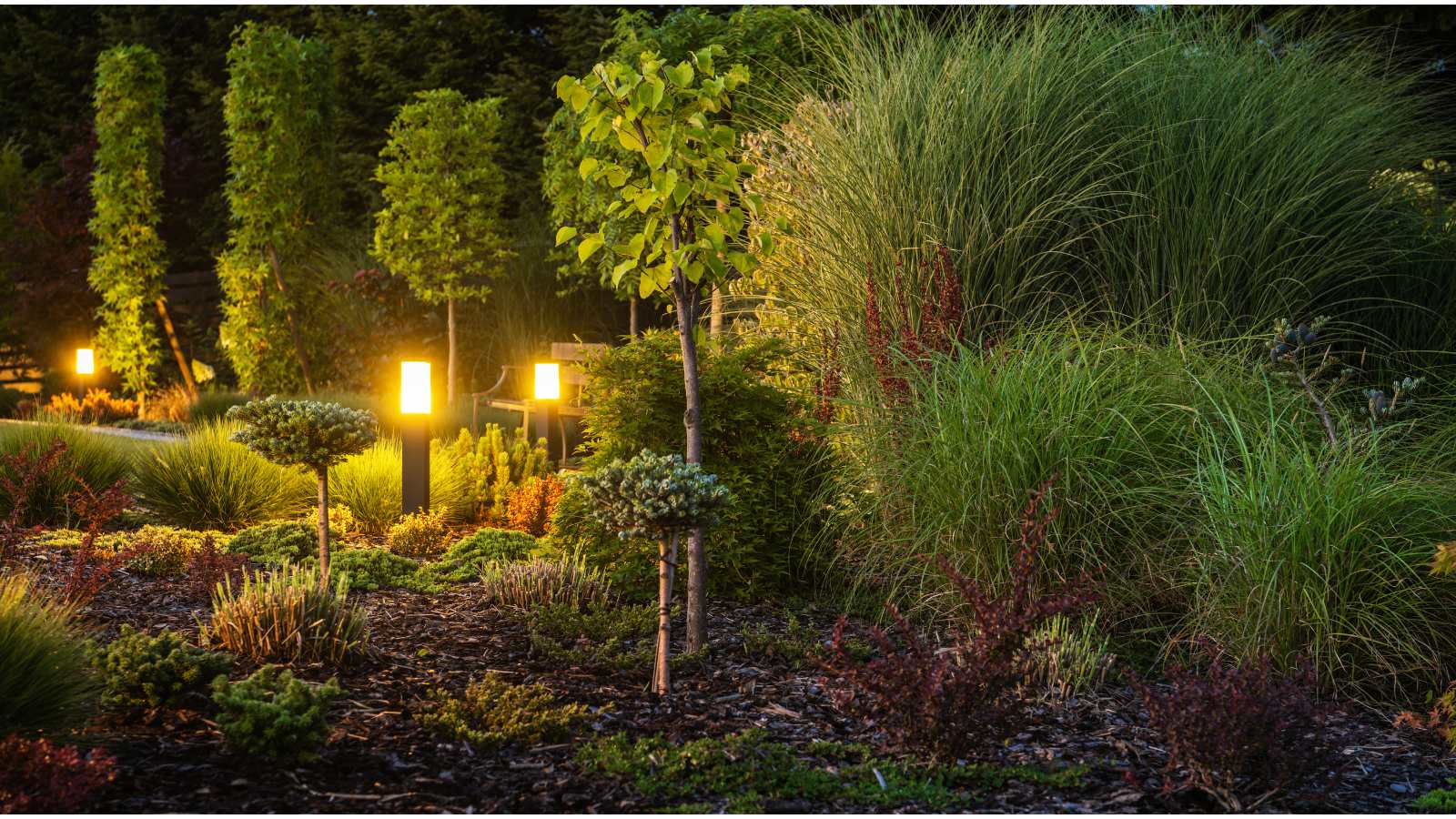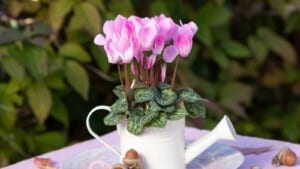The American dream has long included a beautiful, well-manicured lawn. But what many people don’t realize is that maintaining a traditional lawn can be bad for the environment and your wallet.
Lawns require a lot of water, fertilizer, and pesticides, which can pollute waterways and harm wildlife. They also contribute to climate change by releasing greenhouse gases into the atmosphere.
Fortunately, there are many ways to have a beautiful yard without harming the environment. Here are a few eco-friendly yard tips that can save you money:
Leave Those Leaves

Considering leaves are like “free mulch,” you should consider not moving or raking them off the lawn. They help the ground retain moisture when the weather is dry, and if you do feel the need to rake them, wait until all the caterpillars are gone before hauling them off. Baby birds depend on caterpillars.
Stop Motion-Detecting Lights

Leaving your yard lights on all night may give you peace of mind against burglars, but it can be a waste of electricity. Switching to motion-detector lights will be enough to safeguard against thieves while conserving electricity.
Vamonos Pest!

There is an urge for gardeners in more humid states to spray their yards for mosquitos every season, but this can be a mistake. Even organic pesticides may contain “pyrethrins made from chrysanthemums,” says the original poster, who adds they are also “indiscriminate killers of all insects — good and bad.”
Control Your Water Sources

By policing any points of standing water in the garden and placing a bucket of water with “some grass clippings and a mosquito dunk in an inconspicuous place,” gardeners can keep greener control over unwanted winged pests. Mosquito dunks attract those blood-sucking insects with bacteria which is harmless to humans and other animals.
Get to Know Your Local Planters

Gardening enthusiasts love to share ideas and, more importantly, plants. The discussion proves that native plant experts in your area and beyond are willing to share cuttings of their favorite species. One commenter says native plants can provide homes for “mosquito predators.”
No-Mow Grass

Slow-growing grass varieties mean minimal use of valuable electric or gas mowers. This makes perfect sense if your yard is big. One commenter said they “Only need to mow [their lawn] like twice a summer.”
Pollinator-friendly and Drought-proof Plants

With much of the country still in official drought measures, there are measures one can take to still enjoy a backyard with minimal grass. One couple living in summer drought conditions says, “we have encouraged local pollinator-friendly and drought-resistant plants to grow.”
Think of Your Yard as Part of The Wild

Firstly, our yards are like an extension of nature. Gardens are the frontier between habitation and the wild. By enacting small changes in your approach, you will attract a richer, healthier collection of creatures to your surroundings.
Contributing to The Ecosystem

You may be proud that your yard is covered in lawn, not tarmac. However, the average American uses a gas-powered mower on their turf, which isn’t only expensive and contributes to air and noise pollution.
Plant Natives in Place of Turf Grass

Here is one way to save bucks on increasing gasoline or two-stroke costs: by slowly transitioning your lawn to native plants, trees, and shrubs, you will no longer have to spend time or money — your local birds will also thank you.
Avoid a Pathetic Garden by Following These 12 Gardening Tips

Have you decided it’s time to dive into the beautiful world of vegetable gardening? Prepare yourself for a fulfilling and successful journey using these 12 essential tips and tricks for your garden. Learn the secrets of planting in intervals, selecting suitable crops for your geographical zone, using the power of sunlight to enrich your harvest, and more.
12 Easy Vegetables to Grow at Home Even if You Have No Idea What You’re Doing

Homeowners are increasingly turning to palms for their landscaping needs. Learn about 20 of the most popular palm trees for homeowners here.
10 Plants You Should Absolutely Never Grow in Your Garden

Gardening is a pastime relished by many people. There’s something about planning and cultivating a garden and seeing your efforts come to fruition. It’s a gratifying feeling. Growing the wrong plant species can dampen the joy of that experience. Avoid these plants and flowers to have a garden you’ll always enjoy and be
10 Beautiful Outdoor Plants That Are Impossible To Kill

Thanks to the expertise of garden professionals, numerous plants have been found to grow and thrive in climates believed to be hopelessly barren. So whether your yard is drought-prone, shady, or has sandy soil, these hardy flowers and plants make a gorgeous addition to any garden.
10 of the Scariest Plants In the World According to Botanists

We all know about poison ivy and oak, but what are the real big baddies of the plant world? That’s what one plant-lover, or at least plant enthusiast, wants to know. They ask about the “scariest plants” in an online forum, and there are almost too many fascinating and terrifying answers for comfort.
This originally appeared on Planet Natural.
This post was inspired by reddit.











